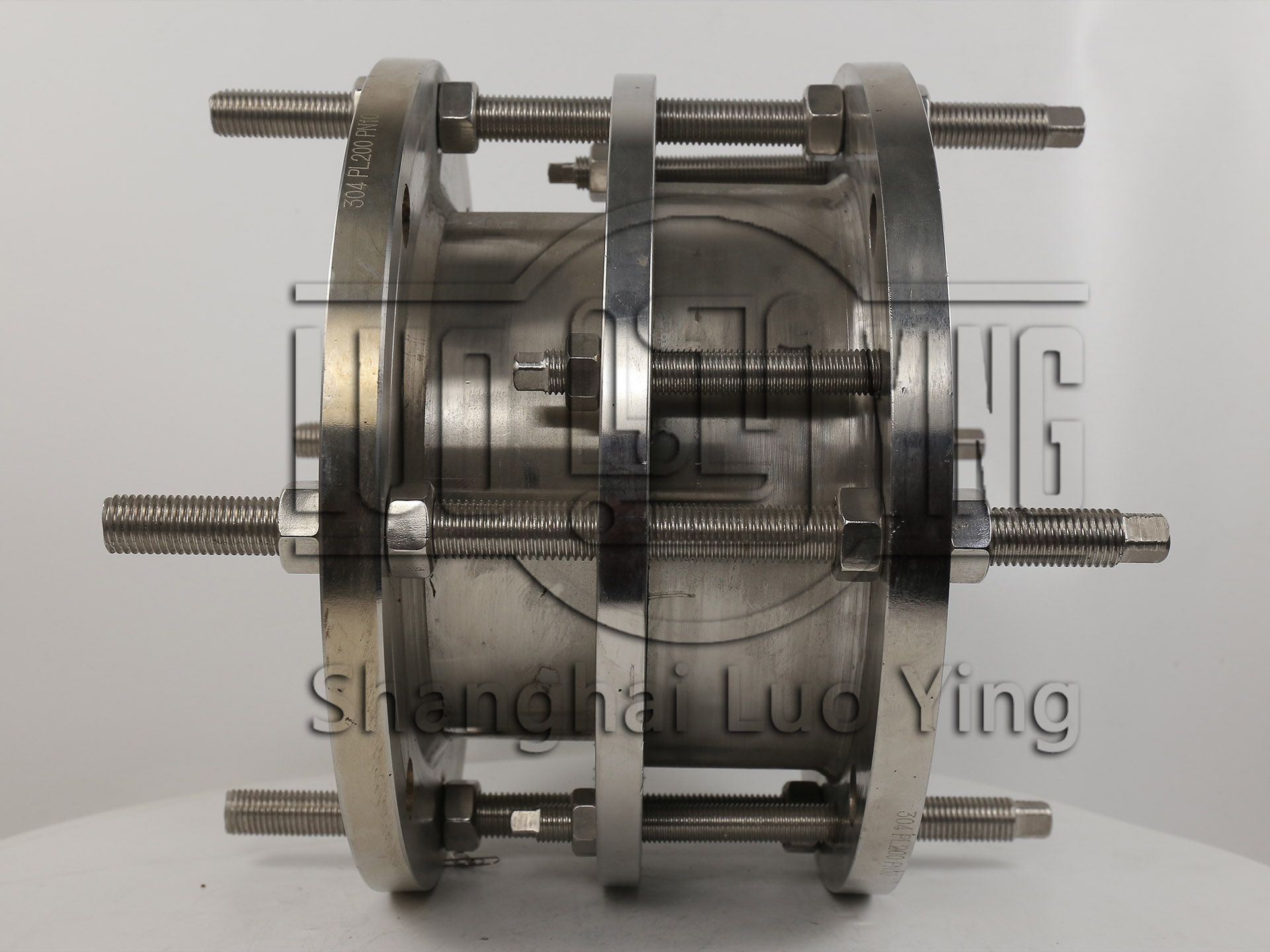The material and processing procedures of a stainless steel force transfer joint directly affect its
Jul-23-21
The material and processing procedures of a stainless steel force transfer joint directly affect its longevity.The material and processing procedures of a stainless steel force transfer joint play a critical role in determining its longevity and performance. Stainless steel is a widely used material in force transfer joints due to its excellent corrosion resistance, strength, and durability. However, variations in material composition and processing techniques can significantly impact the lifespan of these joints. This article explores the importance of material selection and processing procedures in ensuring the longevity of stainless steel force transfer joints.
Material Selection:
The selection of the right stainless steel material is crucial for the longevity of force transfer joints. Various grades of stainless steel are available, each with different compositions and properties. Factors to consider in material selection include:
1 . Corrosion resistance: Stainless steel is chosen for its corrosion resistance properties. Different grades of stainless steel offer varying levels of corrosion resistance to specific chemicals, environments, and temperatures. The force transfer joint should be made from a stainless steel grade that can withstand the corrosion potential of the application environment to ensure longevity.
2 . Strength and ductility: The material should have the required strength and ductility to withstand the forces and stresses experienced during operation. Higher strength stainless steel alloys are often preferred for their load-bearing capacity, but too much hardness may compromise the joint's ability to absorb shocks and vibrations. Strike a balance between strength and ductility for optimal longevity.
3 . Temperature resistance: Consider the maximum and minimum temperatures the force transfer joint will encounter. Some stainless steel grades may lose their mechanical properties at high temperatures, while others may become brittle at low temperatures. Choose a stainless steel grade that can maintain its strength and ductility within the intended temperature range.

The processing procedures used in manufacturing stainless steel force transfer joints also significantly affect their longevity. Several key considerations include:
1 . Fabrication techniques: The fabrication techniques employed, such as casting, forging, or welding, influence the material's microstructure and mechanical properties. The correct fabrication technique should be used to maintain the desired properties of the stainless steel.
2 . Heat treatment: Heat treatment processes, such as annealing, quenching, and tempering, can alter the material's mechanical properties. Proper heat treatment can enhance the strength, hardness, and durability of the stainless steel force transfer joint. It is essential to follow the recommended heat treatment procedures specified for the particular stainless steel grade.
3 . Surface finish and protection: The surface finish of the force transfer joint is important for corrosion resistance and longevity. Proper cleaning, passivation, and the application of protective coatings or finishes can prevent corrosion and extend the joint's lifespan.
4 . Quality control and testing: Strict quality control measures, including non-destructive testing and dimensional inspections, are necessary to ensure that each force transfer joint meets the required standards and specifications. Thorough testing can identify any defects, such as microstructural anomalies or surface imperfections, which could compromise the joint's longevity.
In conclusion, the material selection and processing procedures are crucial factors in ensuring the longevity of stainless steel force transfer joints. Selecting the appropriate stainless steel grade based on corrosion resistance, strength, and temperature requirements is essential. Careful attention to fabrication techniques, heat treatment processes, surface finish, and quality control measures further enhances the joint's performance and lifespan. By considering these factors and following recommended procedures, stainless steel force transfer joints can deliver long-term reliability and durability in various applications.

